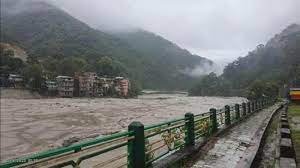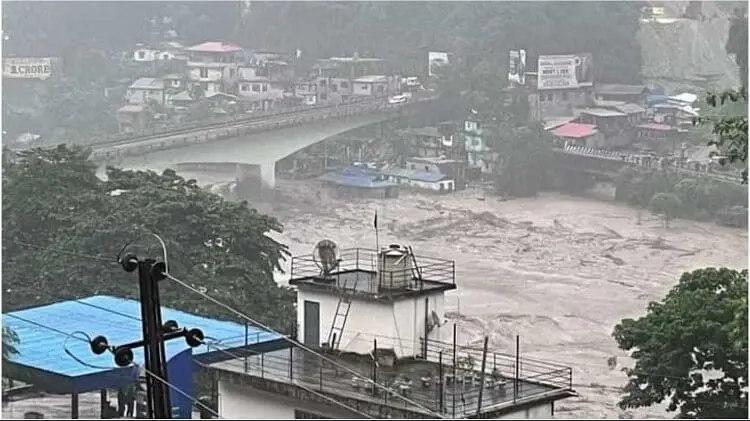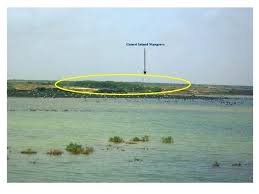Glacial Lake Burst in Sikkim: Causes and Consequences
Sikkim, known for its breathtaking landscapes and serene beauty, recently faced a catastrophic event that shook the region. A glacial lake burst in Sikkim, leading to widespread devastation. In this article, we will delve into the reasons behind this incident, its importance, historical context, and five key takeaways that students preparing for various government exams should be aware of.

Why this News is Important
The Genesis of a Disaster: The glacial lake burst in Sikkim highlights the vulnerability of the Himalayan region to climate change and its repercussions. This event serves as a stark reminder of the need for climate resilience and disaster preparedness.
Impacts on Environment and Communities: The consequences of this disaster have been devastating, affecting not only the environment but also the lives and livelihoods of the local communities. Understanding the importance of such events is crucial for policymakers and aspiring civil servants who aim to make informed decisions in the face of climate-related challenges.
Historical Context
Sikkim, nestled in the Eastern Himalayas, is particularly susceptible to glacial lake outburst floods due to its topography and proximity to glaciers. Historically, this region has experienced similar events, underlining the recurrent threat posed by glacial lakes in the Himalayan region.
Key Takeaways from the News
| Serial Number | Key Takeaway |
|---|---|
| 1. | Glacial lake bursts in Sikkim have significant implications for climate change adaptation and disaster management efforts. |
| 2. | The event underscores the need for comprehensive risk assessment and early warning systems in vulnerable regions. |
| 3. | Sikkim’s disaster response mechanisms and infrastructure need to be strengthened to mitigate the impact of future incidents. |
| 4. | Climate change’s effects on Himalayan glaciers and lakes require greater attention in policymaking at national and international levels. |
| 5. | Aspiring government officers, including those preparing for civil service exams, should prioritize understanding climate-related challenges for effective governance. |
Important FAQs for Students from this News
Q1: What caused the glacial lake burst in Sikkim?
A1: The glacial lake burst in Sikkim was primarily caused by the rapid melting of glaciers due to climate change, leading to an overflow of the lake.
Q2: How does this event impact the local communities?
A2: This event has devastating consequences, affecting lives, livelihoods, and infrastructure, especially in areas downstream.
Q3: What measures can be taken to prevent such glacial lake bursts?
A3: Preventive measures include early warning systems, risk assessments, and infrastructure development in vulnerable regions.
Q4: Why is the Himalayan region particularly vulnerable to such events?
A4: The Himalayas are vulnerable due to their rugged terrain, proximity to glaciers, and the effects of climate change on glacier melt.
Q5: How should aspiring civil servants prepare to address climate-related challenges in their roles?
A5: Aspiring civil servants should prioritize understanding climate change’s implications and advocate for climate-resilient policies.
Some Important Current Affairs Links


















